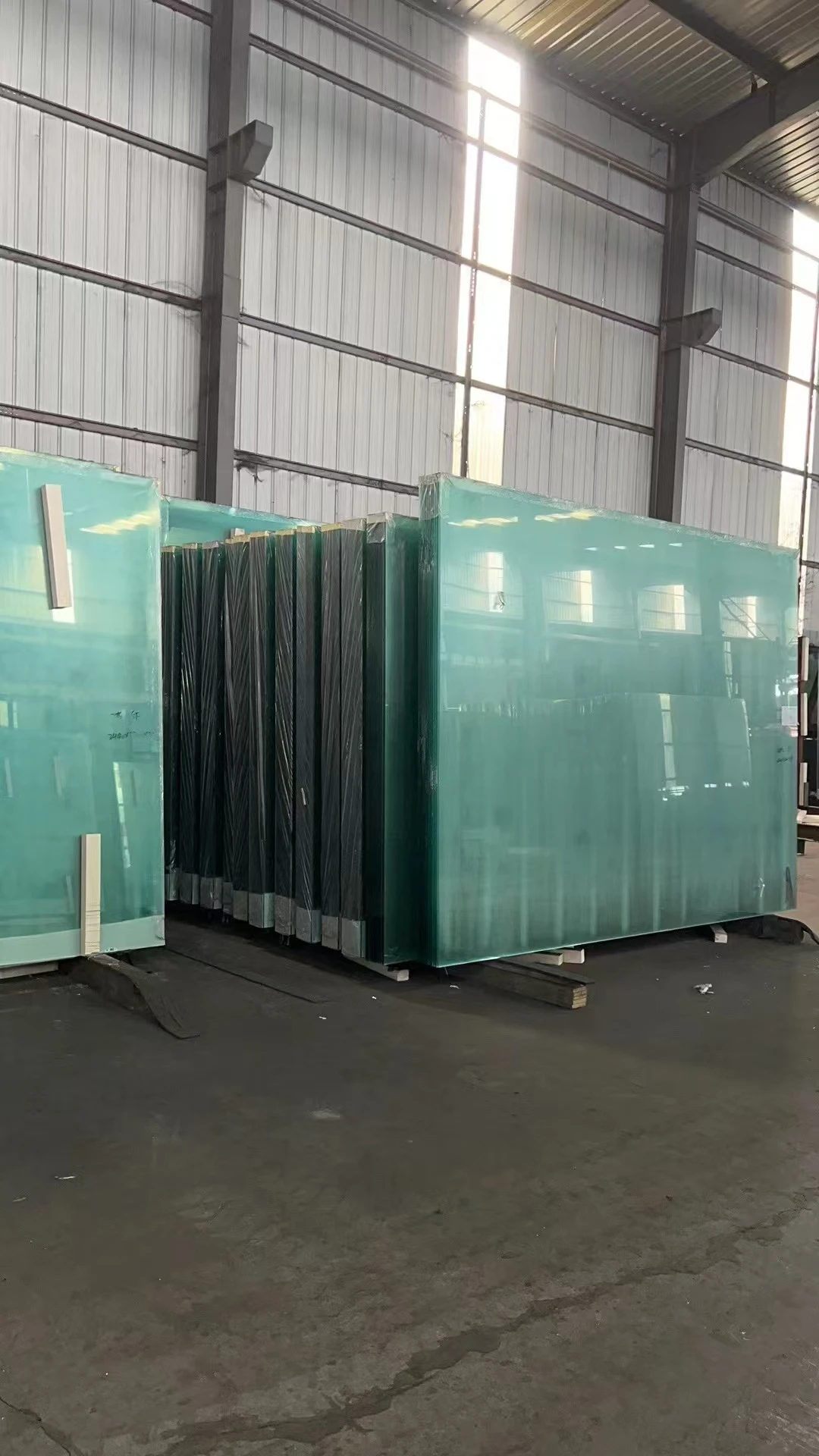Different Types of Tempered Glass An Overview
Tempered glass, also known as toughened glass, is a type of safety glass that undergoes a special thermal treatment process to enhance its strength and durability. This process makes tempered glass much stronger than regular glass, allowing it to withstand greater impacts and thermal stress. As a result, it has become a preferred choice in various applications, from modern architecture to everyday household items. In this article, we will explore the different types of tempered glass and their applications.
1. Standard Tempered Glass
Standard tempered glass is the most common type used in residential and commercial applications. It is made from ordinary float glass that undergoes heating and rapid cooling processes. This treatment increases its strength and makes it more resistant to breaking. When it does break, it shatters into small, blunt pieces, reducing the risk of injury. Standard tempered glass is often used in windows, shower doors, and glass doors due to its safety features and aesthetic appeal.
2. Laminated Tempered Glass
Laminated tempered glass consists of two or more layers of tempered glass bonded together with an interlayer, usually made of polyvinyl butyral (PVB). This type of glass combines the strength of tempered glass with the safety benefits of laminated glass. If broken, the interlayer holds the fragments together, preventing them from falling and reducing the risk of injury. Laminated tempered glass is commonly used in facades, skylights, and glass railings, providing not only safety but also excellent sound insulation and UV protection.
3. Low-Iron Tempered Glass
different types of tempered glass
Low-iron tempered glass is a premium version of standard tempered glass that contains minimal iron content, resulting in a clearer and more transparent finish. This type of glass is ideal for applications where aesthetics are important, as it allows for maximum light transmission without the greenish tint often associated with standard glass. Low-iron tempered glass is frequently used in high-end architectural projects, display cases, and glass furnishings.
4. Heat-Strengthened Glass
Heat-strengthened glass is similar to tempered glass but is only partially tempered. It undergoes a heating process that makes it stronger than standard glass, but not as strong as fully tempered glass. It is less likely to shatter dramatically as tempered glass does, making it suitable for applications where thermal stresses are present but where excessive strength is not necessary. Heat-strengthened glass is often used in commercial buildings, facades, and overhead glazing.
5. Fire-Rated Tempered Glass
Fire-rated tempered glass is specially designed to withstand high temperatures and maintain its integrity during a fire. It is typically used in locations that require fire-rated applications, such as fire doors and windows in commercial buildings. This type of glass is capable of resisting heat and flames for a specified duration, thereby providing safety and protection to occupants during an emergency.
Conclusion
Tempered glass is an essential material that offers safety, strength, and aesthetic value across various industries. Understanding the different types of tempered glass—standard, laminated, low-iron, heat-strengthened, and fire-rated—can help consumers and professionals make informed decisions based on their specific needs. As technology advances, it's likely that new innovations in tempered glass will emerge, further expanding its applications and benefits. Whether for home, commercial, or industrial use, tempered glass remains a versatile and reliable choice in modern construction and design.
 Afrikaans
Afrikaans  Albanian
Albanian  Amharic
Amharic  Arabic
Arabic  Armenian
Armenian  Azerbaijani
Azerbaijani  Basque
Basque  Belarusian
Belarusian  Bengali
Bengali  Bosnian
Bosnian  Bulgarian
Bulgarian  Catalan
Catalan  Cebuano
Cebuano  Corsican
Corsican  Croatian
Croatian  Czech
Czech  Danish
Danish  Dutch
Dutch  English
English  Esperanto
Esperanto  Estonian
Estonian  Finnish
Finnish  French
French  Frisian
Frisian  Galician
Galician  Georgian
Georgian  German
German  Greek
Greek  Gujarati
Gujarati  Haitian Creole
Haitian Creole  hausa
hausa  hawaiian
hawaiian  Hebrew
Hebrew  Hindi
Hindi  Miao
Miao  Hungarian
Hungarian  Icelandic
Icelandic  igbo
igbo  Indonesian
Indonesian  irish
irish  Italian
Italian  Japanese
Japanese  Javanese
Javanese  Kannada
Kannada  kazakh
kazakh  Khmer
Khmer  Rwandese
Rwandese  Korean
Korean  Kurdish
Kurdish  Kyrgyz
Kyrgyz  Lao
Lao  Latin
Latin  Latvian
Latvian  Lithuanian
Lithuanian  Luxembourgish
Luxembourgish  Macedonian
Macedonian  Malgashi
Malgashi  Malay
Malay  Malayalam
Malayalam  Maltese
Maltese  Maori
Maori  Marathi
Marathi  Mongolian
Mongolian  Myanmar
Myanmar  Nepali
Nepali  Norwegian
Norwegian  Norwegian
Norwegian  Occitan
Occitan  Pashto
Pashto  Persian
Persian  Polish
Polish  Portuguese
Portuguese  Punjabi
Punjabi  Romanian
Romanian  Russian
Russian  Samoan
Samoan  Scottish Gaelic
Scottish Gaelic  Serbian
Serbian  Sesotho
Sesotho  Shona
Shona  Sindhi
Sindhi  Sinhala
Sinhala  Slovak
Slovak  Slovenian
Slovenian  Somali
Somali  Spanish
Spanish  Sundanese
Sundanese  Swahili
Swahili  Swedish
Swedish  Tagalog
Tagalog  Tajik
Tajik  Tamil
Tamil  Tatar
Tatar  Telugu
Telugu  Thai
Thai  Turkish
Turkish  Turkmen
Turkmen  Ukrainian
Ukrainian  Urdu
Urdu  Uighur
Uighur  Uzbek
Uzbek  Vietnamese
Vietnamese  Welsh
Welsh  Bantu
Bantu  Yiddish
Yiddish  Yoruba
Yoruba  Zulu
Zulu 

